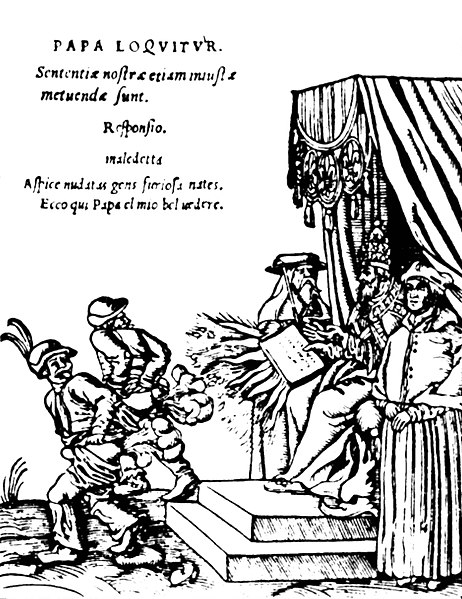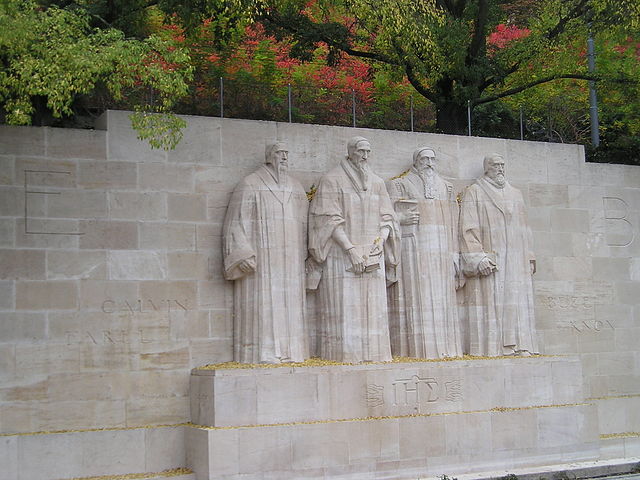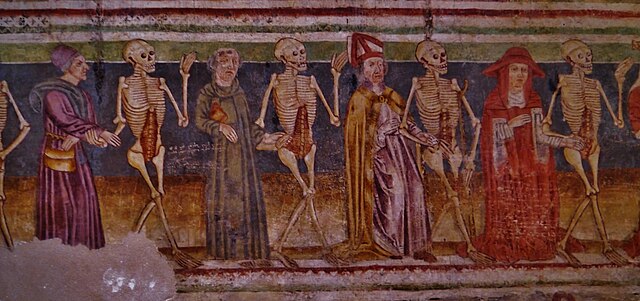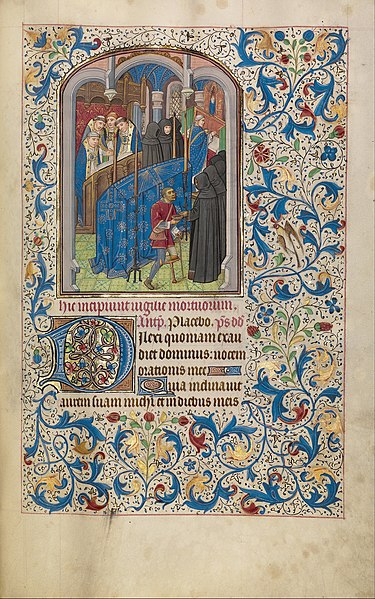Anti-Catholicism is hostility towards Catholics and opposition to the Catholic Church, its clergy, and its adherents. At various points after the Reformation, some majority-Protestant states, including England, Northern Ireland, Prussia, Scotland, and the United States, turned anti-Catholicism, opposition to the authority of Catholic clergy (anti-clericalism), opposition to the authority of the pope (anti-papalism), mockery of Catholic rituals, and opposition to Catholic adherents into major political themes and policies of religious discrimination and religious persecution. Major examples of groups that have targeted Catholics in recent history include Ulster loyalists in Northern Ireland during the Troubles and the second Ku Klux Klan in the United States. The anti-Catholic sentiment which resulted from this trend frequently led to religious discrimination against Catholic communities and individuals and it occasionally led to the religious persecution of them. Historian John Wolffe identifies four types of anti-Catholicism: constitutional-national, theological, popular and socio-cultural.

A famous 1876 editorial cartoon by Thomas Nast, an immigrant from Germany who had been raised as a Catholic. It portrays bishops as crocodiles who are attacking public schools, with the connivance of Irish Catholic politicians.
From a series of woodcuts (1545) usually referred to as the Papstspotbilder or Papstspottbilder, by Lucas Cranach, commissioned by Martin Luther. "Kissing the Pope's feet"; German peasants respond to a papal bull of Pope Paul III. Caption reads: "Don't frighten us Pope, with your ban, and don't be such a furious man. Otherwise we shall turn around and show you our rears".
Passional Christi und Antichristi, by Lucas Cranach the Elder, from Luther's 1521 Passionary of the Christ and Antichrist. The Pope as the Antichrist, signing and selling indulgences.
Foxe's Book of Martyrs glorified Protestant martyrs and shaped a lasting negative image of Catholicism in Britain.
The Reformation, also known as the Protestant Reformation and the European Reformation, was a major theological movement in Western Christianity in 16th-century Europe that posed a religious and political challenge to the papacy and the authority of the Catholic Church. Following the start of the Renaissance, the Reformation marked the beginning of Protestantism.
The International Monument to the Reformation, a statue erected in Geneva in 1909 depicting William Farel, John Calvin, Theodore Beza, and John Knox, four leaders of the Reformed tradition of Protestantism
Detail of the danse macabre (1490) by John of Kastav in the Holy Trinity Church, Hrastovlje, Slovenia
Funeral Mass with priest, choristers, bearers or mourners, and begger receiving alms (c. 1460–80)
Meeting of cardinals, bishops and theologians with Antipope John XXIII (r. 1410–1415) at the Council of Constance (from the Chronicle of the Council of Constance by Ulrich of Richenthal)








